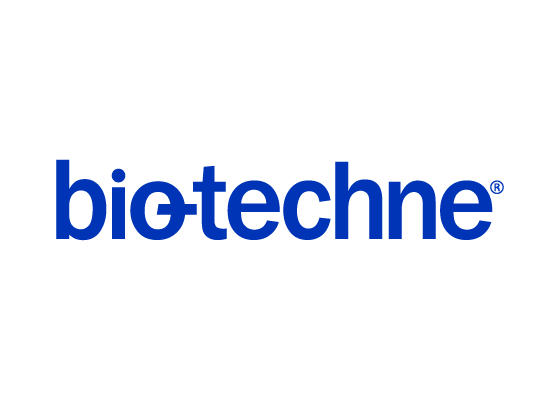Mouse Syndecan-3 Antibody
R&D Systems, part of Bio-Techne | Catalog # MAB2734

Key Product Details
Species Reactivity
Validated:
Mouse
Cited:
Mouse
Applications
Validated:
Western Blot
Cited:
Immunohistochemistry-Frozen, Immunohistochemistry-Paraffin
Label
Unconjugated
Antibody Source
Monoclonal Rat IgG2A Clone # 312607
Product Specifications
Immunogen
Mouse myeloma cell line NS0-derived recombinant mouse Syndecan-3
Ala45-Glu384
Accession # Q64519
Ala45-Glu384
Accession # Q64519
Specificity
Detects mouse Syndecan-3 in direct ELISAs and Western blots. In direct ELISAs and Western blots, no cross‑reactivity with recombinant mouse (rm) Syndecan-1, rmSyndecan-4, or recombinant human Syndecan-3 is observed.
Clonality
Monoclonal
Host
Rat
Isotype
IgG2A
Applications for Mouse Syndecan-3 Antibody
Application
Recommended Usage
Western Blot
1 µg/mL
Sample: Recombinant Mouse Syndecan-3
Sample: Recombinant Mouse Syndecan-3
Formulation, Preparation, and Storage
Purification
Protein A or G purified from hybridoma culture supernatant
Reconstitution
Reconstitute at 0.5 mg/mL in sterile PBS. For liquid material, refer to CoA for concentration.
Formulation
Lyophilized from a 0.2 μm filtered solution in PBS with Trehalose. *Small pack size (SP) is supplied either lyophilized or as a 0.2 µm filtered solution in PBS.
Shipping
Lyophilized product is shipped at ambient temperature. Liquid small pack size (-SP) is shipped with polar packs. Upon receipt, store immediately at the temperature recommended below.
Stability & Storage
Use a manual defrost freezer and avoid repeated freeze-thaw cycles.
- 12 months from date of receipt, -20 to -70 °C as supplied.
- 1 month, 2 to 8 °C under sterile conditions after reconstitution.
- 6 months, -20 to -70 °C under sterile conditions after reconstitution.
Background: Syndecan-3
References
- Xian, X. et al. (2010) Cell Tissue Res. 339:31.
- Reizes, O. et al. (2008) Int. J. Biochem. Cell Biol. 40:28.
- Carey, D.J. et al. (1997) J. Biol. Chem. 272:2873.
- ENTREZ protein Accession # Q64519.
- Dews, I.C. and K.R. MacKenzie (2007) Proc. Natl. Acad. Sci. USA 104:20782.
- Schultz, J.G. et al. (2003) J. Biol. Chem. 278:48651.
- Hienola, A. et al. (2006) J. Cell Biol. 174:569.
- Goutebroze, L. et al. (2003) BMC Neurosci. 4:29.
- Kaksonen, M. et al. (2002) Mol. Cell. Neurosci. 21:158.
- Strader. A.D. et al. (2004) J. Clin. Invest. 114:1354.
- Cornelison, D.D.W. et al. (2004) Genes Dev. 18:2231.
- Fisher, M.C. et al. (2006) Matrix Biol. 25:27.
- Pacifici, M. et al. (2005) J. Bone Miner. Metab. 23:191.
- Finsen, A.V. et al. (2004) Physiol. Genomics 16:301.
Alternate Names
N-Syndecan, SDC3, Syndecan3
Gene Symbol
SDC3
UniProt
Additional Syndecan-3 Products
Product Documents for Mouse Syndecan-3 Antibody
Product Specific Notices for Mouse Syndecan-3 Antibody
For research use only
